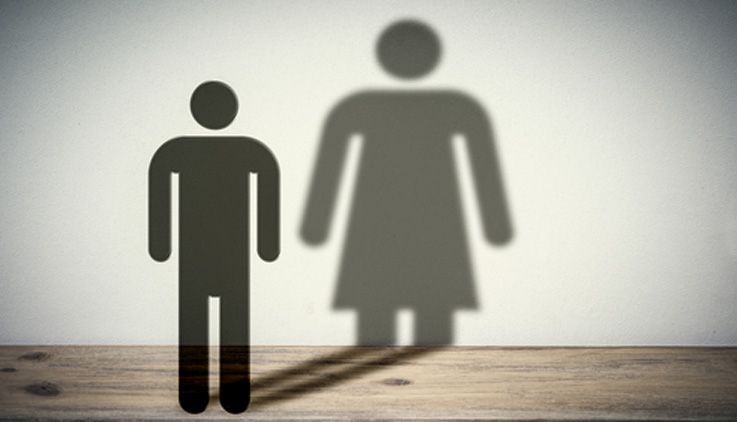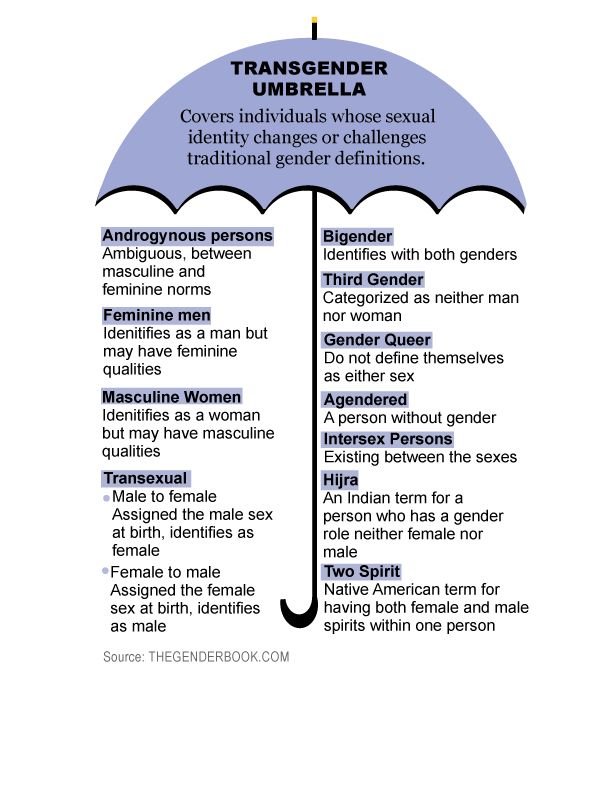Gender Dysphoria
May 10, 2019 • 16 views
Gender dysphoria is a condition where a person experiences discomfort or distress because there's a mismatch between their biological sex and gender identity. It's sometimes known as gender incongruence.

Biological sex is the gender assigned to a person at the time of their birth with respect to their genitalia and their appearances. Gender identity is the gender the person identifies themselves with or the gender the person feels they should belong to. People with gender dysphoria may be uncomfortable in the gender they are assigned and they might describe themselves to be uncomfortable in their own bodies. They will have a conflict with the way they feel about themselves ie, their expressed gender and their physical appearances or their assigned gender.
People with gender dysphoria will try to express their true identity, i.e, the identity they identify themselves with as much as possible. The symptoms mostly arise after the onset of puberty because then the body develops according to their assigned gender. This makes them more and more uncomfortable in their own bodies.
Gender dysphoria changes the way a person feels about themselves and behaves in the society. They might start cross dressing, they might ask for a hairstyle of the opposite gender, they might want to be called with pronouns of the opposite gender. Medical transition, however is relevant only after the onset of puberty.

The constant feeling that a person’s body does not reflect their identity causes anxiety, depression and also sever distress. ‘Dysphoria’ is used to describe the feeling of severe discomfort, restlessness, dissatisfaction and anxiety.
Many children have been known to express the symptoms of gender dysphoria from the age of 4 years but the actual symptoms arise only after puberty. These children will not be comfortable wearing bathing suits, and they would not be comfortable in the pronouns used to address them. Few adolescents who are diagnosed with gender dysphoria have known to undertake self-harm measures.

Symptoms of Gender Dysphoria:
In adults and adolescents, gender dysphoria involves the diagnosis of a difference between the assigned gender and the expressed gender and the significant stress the dysphoria causes in the routine functionality of the person. The symptoms have to have been consistent for atleast 6 months for the diagnosticians to make a proper and definitive diagnosis.
●A marked difference between the expressed gender and the assigned gender and the primary and/or secondary sex characteristics.
●A strong feeling to get rid of their primary and/or secondary sex characteristics.
●A strong desire for the primary and/or secondary characteristics of the opposite gender.
●A strong desire to be identified as a person of the opposite gender.
●A strong conviction that one has the feelings and characteristics of the opposite gender.
In children, the symptoms of gender dysphoria symptoms are not much different, they also have impairment in function and consequent stress. The symptoms have to have been significant for 6 months for the diagnosticians to make a definitive diagnosis.
●A strong desire to be of the other gender or an insistence that one is the other gender
●A strong preference for wearing clothes typical of the opposite gender
●A strong preference for cross-gender roles in make-believe play or fantasy play
●A strong preference for the toys, games or activities stereotypically used or engaged in by the other gender
●A strong preference for playmates of the other gender
●A strong rejection of toys, games and activities typical of one’s assigned gender
●A strong dislike of one’s sexual anatomy
●A strong desire for the physical sex characteristics that match one’s experienced gender
Diagnosis and treatment for gender dysphoria are important. It is vital not to change the person’s mind but to make them realise that they can be of any gender. Reports have suggested that about 71% of the people with gender dysphoria have been diagnosed with mental illnesses such as anxiety, depression etc. It is important to support them and make them fall in love with themselves because the symptoms can escalate and make them try to harm themselves or even attempt suicide.

Is It Just A Phase?
This might probably be the worst question a person can ask a person suffering g=from gender dysphoria. Although reports have suggested that not all children who were diagnosed with gender dysphoria in childhood had grown up to suffer with the same. But for some, it continued. They grew up to identify and transition to the opposite gender.
The only thing the parents can know for sure is to love their children irrespective of their gender and support them through their journey. The parents can’t tell the child to identify with any one gender, it is the child’s body and the children have to decide for themselves.

